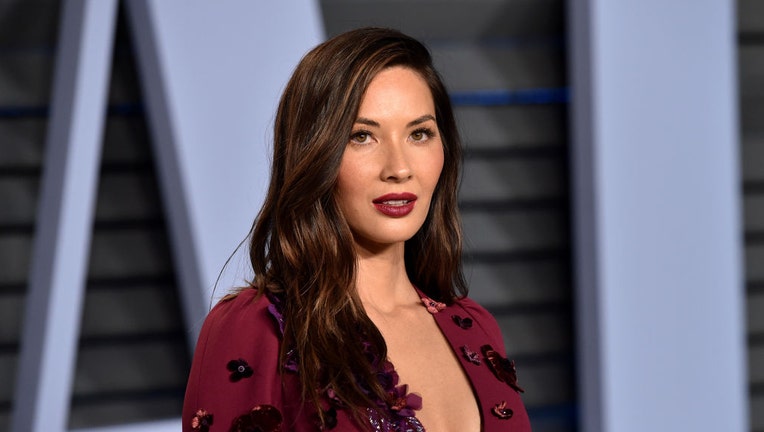The breast cancer risk assessment tool Olivia Munn used, and when to get screened for it

FILE-Actress Olivia Munn attends the 2018 Vanity Fair Oscar Party hosted by Radhika Jones at Wallis Annenberg Center for the Performing Arts on March 4, 2018 in Beverly Hills, California. (Photo by John Shearer/Getty Images)
After actress Oliva Munn revealed this week she has breast cancer, an online tool used by her doctor helped in part lead to the discovery of the disease.
Munn wrote in an Instagram post that her doctor used a breast cancer risk assessment tool to determine her lifetime risk for the disease which is 37%.
The actress, who has battled breast cancer since 2023, had an MRI that found Luminal B cancer, "an aggressive, fast moving cancer," in both breasts.
RELATED: Olivia Munn diagnosed with breast cancer
Here’s what you need to know about Breast Cancer Risk Assessment Tool.
What is the Breast Cancer Risk Assessment Tool?
The Breast Cancer Risk Assessment Tool, also known as The Gail Model, allows doctors to estimate a woman's risk of developing invasive breast cancer over the next five years and up to age 90, according to the National Cancer Institute.
This calculator takes roughly five minutes to complete and uses a woman's personal medical and reproductive history and the history of breast cancer among her mother, sisters, daughters to estimate absolute breast cancer risk-her chance or probability of developing invasive breast cancer in a defined age interval.
Moreover, the tool can’t accurately estimate breast cancer risk for women carrying a breast-cancer-producing mutation (BRCA1 or BRCA2) and women with a previous history of invasive breast cancer.
Even if a woman’s risk can be estimated by the calculator, these predictions don’t allow someone to say which woman will develop breast cancer. National Cancer Institute explains that some women who don’t develop breast cancer have higher risk estimates than some women who do develop breast cancer.
When should you get screened for breast cancer?
Doctors recommend that women who are 50 to 74 years old and are at average risk for breast cancer get a mammogram every two years, according to the Centers for Disease Control and Prevention (CDC).
Women who are 40 to 49 years old should talk to their physician or other health care provider about when to start and how often to get a mammogram. Women should consider the benefits and risks of screening tests when deciding whether to begin getting mammograms before age 50.
There are different breast cancer screening tests available for women including mammograms, breast magnetic resonance imaging (MRI), and a clinical breast exam, the CDC noted.
This story was reported from Washington, D.C.

